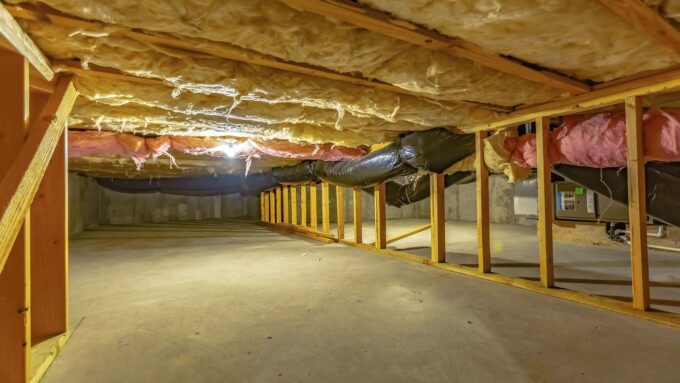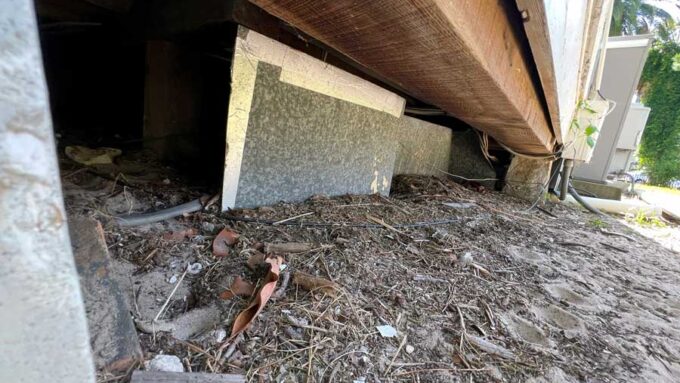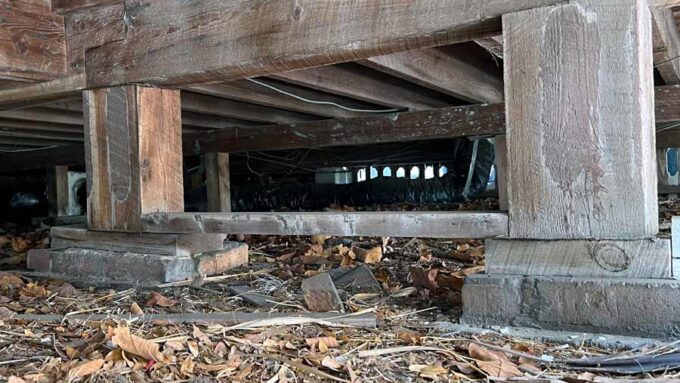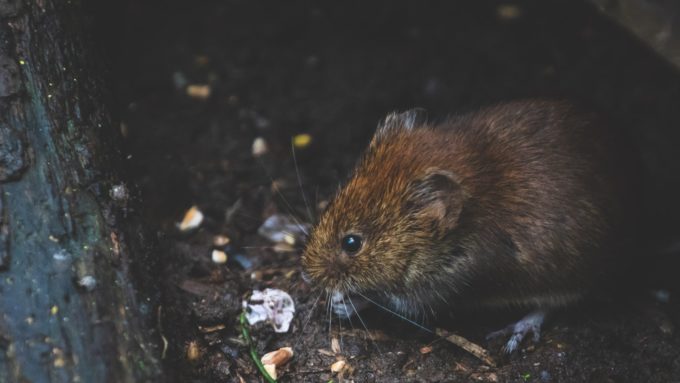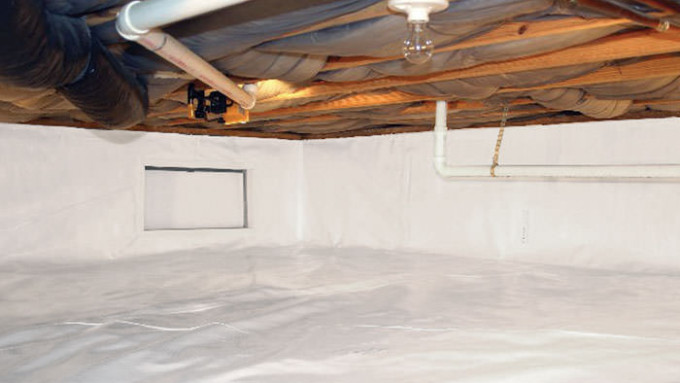You can definitely tell it’s spring by the sight of all the yard debris left behind during all those wet, chilly months spent indoors.
While making a plan for yard cleanup this spring in Sonoma County, don’t forget the importance of cleaning your crawlspace under your home.
Here’s what to check and include on your crawlspace cleaning and maintenance list.
Inspection
After enduring the cold, wet, rainy season, your crawlspace needs a thorough inspection for areas of cleanup.
Here’s what to check for:
- Dirt, yard debris
- Garbage
- Leaks
- Pooling water
- Excessive dampness, humidity
- Evidence of rodents and pests (droppings, nests, piles of food)
- Mold
- Damaged or missing insulation, vapor barrier
- Wood rot or damage
- Plumbing, electrical supply damage
Basic Cleaning
It’s important to clean up your crawlspace because the presence of toxic rodent droppings, excessive dampness, and mold contaminates the air that filtrates directly into your home.
Once inside, the contaminated air flows throughout your home where you and everyone living there breathes it in. This is dangerous for anyone suffering from allergies, asthma, or other upper respiratory health issues.
One of the worst dampness-driven health concerns is the development of active mold. Mold causes all sorts of serious health problems for anyone allergic or sensitive to the effects of breathing in mold or airborne mold spores.
For basic cleaning, remove all garbage and yard debris, in addition to noting all signs of damage or rodent infestation.
Schedule a Professional Inspection and Cleaning
Because thorough cleaning of a crawlspace involves cleaning mold, toxic rodent droppings, and other potentially hazardous issues, it’s best to call in a professional crawlspace cleanup and mold removal service.
This professional once-a-year cleaning ensures your crawlspace will be thoroughly cleaned for safe air quality and improved energy efficiency in your home.
The pros can take care of identifying and repairing moisture and water sources causing excessive humidity and dampness. They will also remove the unhealthy elements that accumulated over the past few months including rodent infestation droppings and mold.
The next step is for them to completely dry out the area before installing or repairing insulation or vapor barriers to keep the crawlspace dry and watertight.
Conclusion
Because the air circulating in your crawlspace ultimately makes its way into your home, cleaning it has got to be at the top of the list for home maintenance this spring.
For thorough inspection, cleaning, and restoration of your crawlspace, schedule your appointment today with RCS in Santa Rosa.

